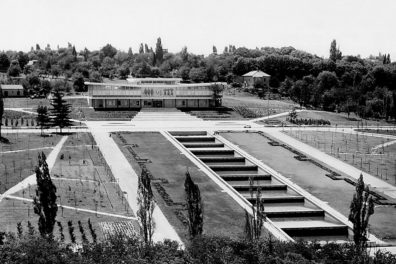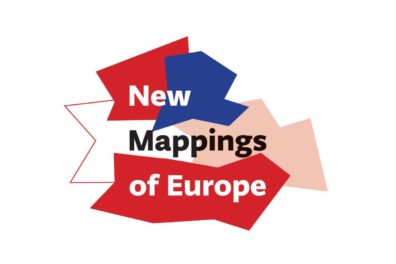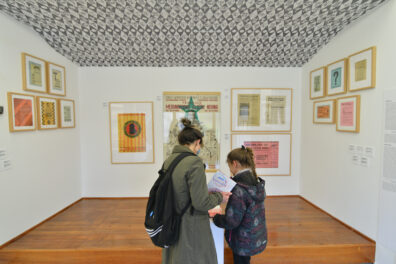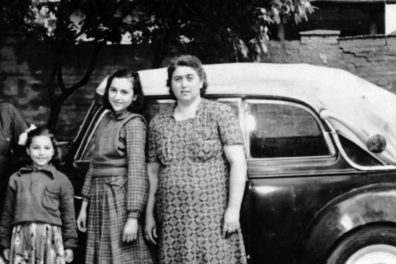Lifting the Curtain
12.05-12.06.2015
The Central European Architectural Networks exhibition Lifting the Curtain will be opened on Tuesday, May 12th at 1 pm at the Museum of Yugoslav History (Museum “May 25th”). A guided tour of the exhibition, led by Iris Meder and Sarmen Beglarian starts at 2 pm.
The exhibition was developed as a collaborative effort of researchers from Poland, Czech Republic, Hungary, Austria, Croatia and Serbia, organized by the Polish Modern Art Foundation. It is a prelude to a long-term research project, focusing on the role of the European international architectural network and the circles of its collaborators, at different turning points, from the beginning of the 20th century to the conversions in the period after World War II, as well as on its impact on the post-socialist circumstances in the region. The contribution of the organizations from the most active centres in the region to this project is an attempt to revive and maintain the activities of the network in the future.
Due to its absence from the main narrative of western modernity, the contribution of Central Europe to the formation and spread of modernity is either unknown or seen as a marginal episode in the post-war history of the global modern architecture movement.This project explores the key changes that shapedmodernity in Central Europe and analyses case studies, with the aim of showing local responses to and affinity for global modernity. Aiming to present the distinctive features of national and transnational narratives, as well as multidisciplinary transfers, the exhibition highlights the mechanism of architectural production, rather than its elements.
Around thirty study topics are organized in six theme-oriented sections: Collaborations, Research, Experiments, Meetings, Exchanges and The Public. The exhibition also features segments, serving as unique mediators between theme-oriented sections, dedicated to individual architects, who formed architectural circles, worked on the development of the collective architectural discourse and made a considerable contribution to the transfer of modernism into local contexts. Their work is shown in an analytical manner, using diagrams linking towns, architects, institutions and some of the more important events or projects.
The exhibition was part of the 2014 Venice Biennale programme Collateral Events from June 7th to November 23rd, 2014. It was organized with the support of the Ministry of Culture and National Heritage of the Republic of Poland.
Organized by:
Polish Modern Art Foundation, Warsaw, Belgrade International Architecture Week BINA2015, Museum of Yugoslav History, Group of Architects, TRACE – Central European Architectural Research Think-Tank, ÖGFA – Austrian Association for Architecture, Vienna, CCEA – Centre for Central European Architecture, Prague, KEK – Hungarian Contemporary Architecture Centre, Budapest, Platforma 9,81 – Institute for Research in Architecture, Zagreb/Split
Sponsors:
Ministry of Culture and National Heritage of the Republic of Poland
Ministry of Culture and Information of the Republic of Serbia
Co-financed from the fund of the Minister of Culture and National Heritage of the Republic of Poland
Partners:
White&Case, Raf-Max, Embassy of the Republic of Poland

The Origins: The Background for Understanding the Museum of Yugoslavia
Creation of a European type of museum was affected by a number of practices and concepts of collecting, storing and usage of items.

New Mappings of Europe

Museum Laboratory
Starting from the Museum collection as the main source for researching social phenomena and historical moments important for understanding the experience of life in Yugoslavia, the exhibition examines the Yugoslav heritage and the institution of the Museum

